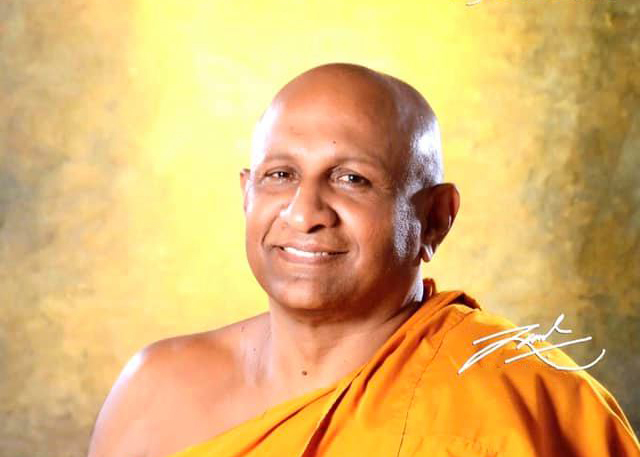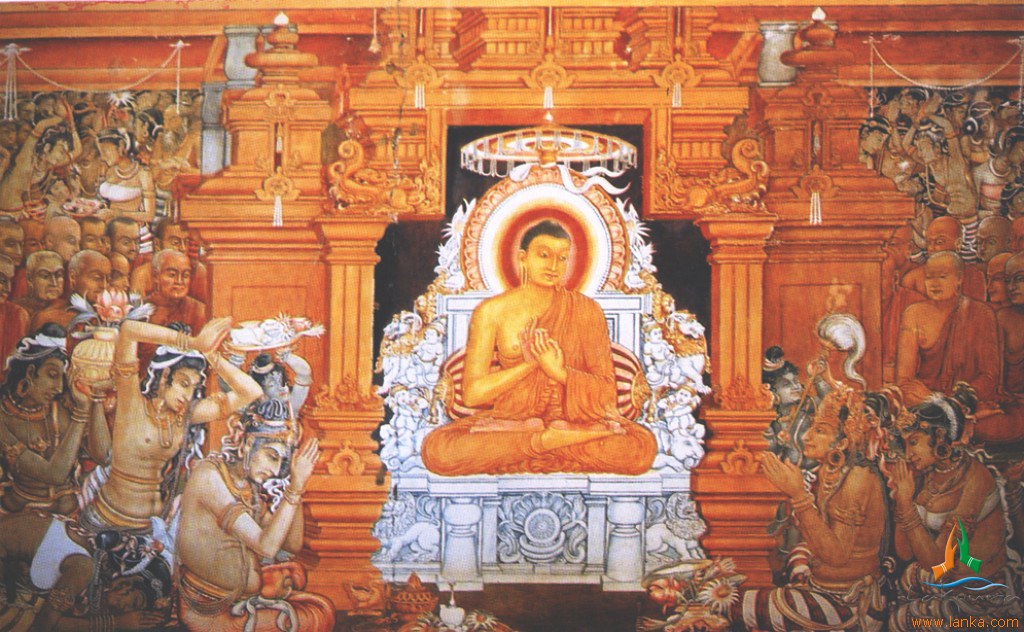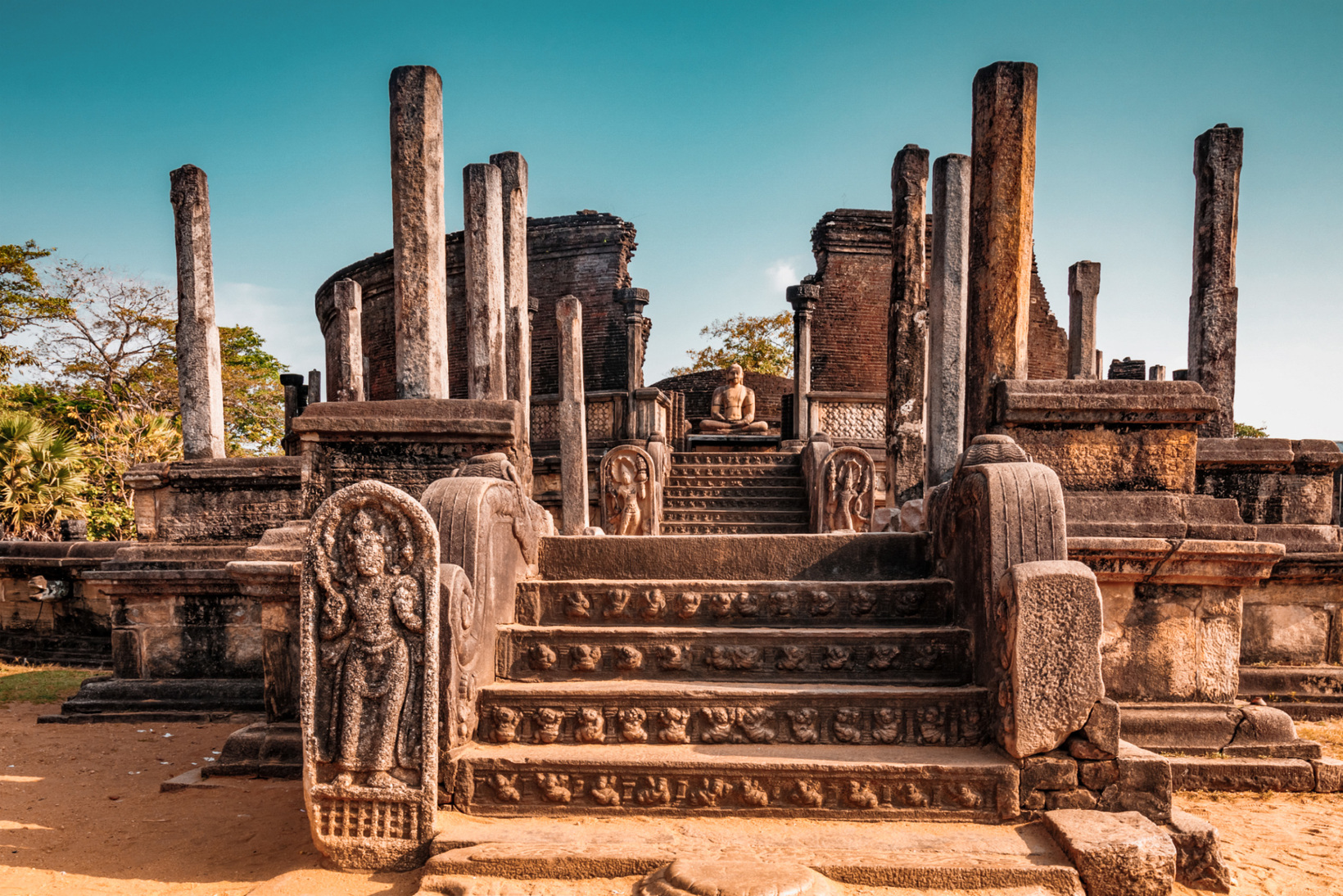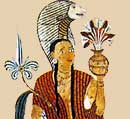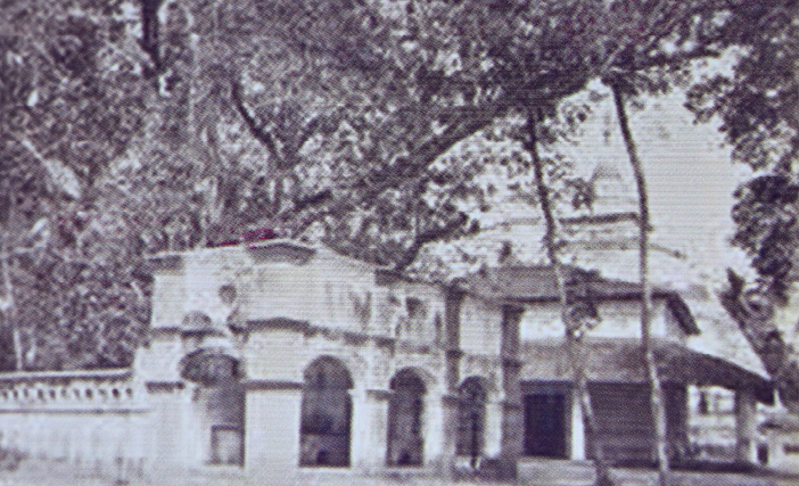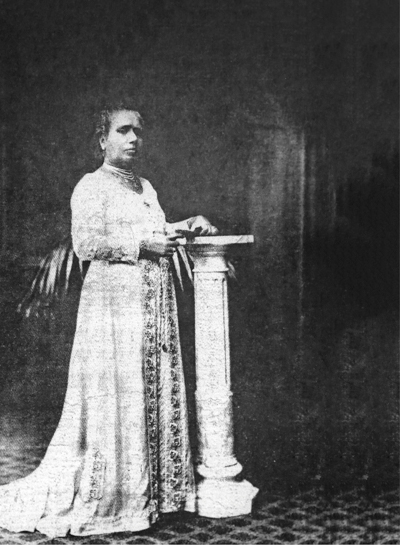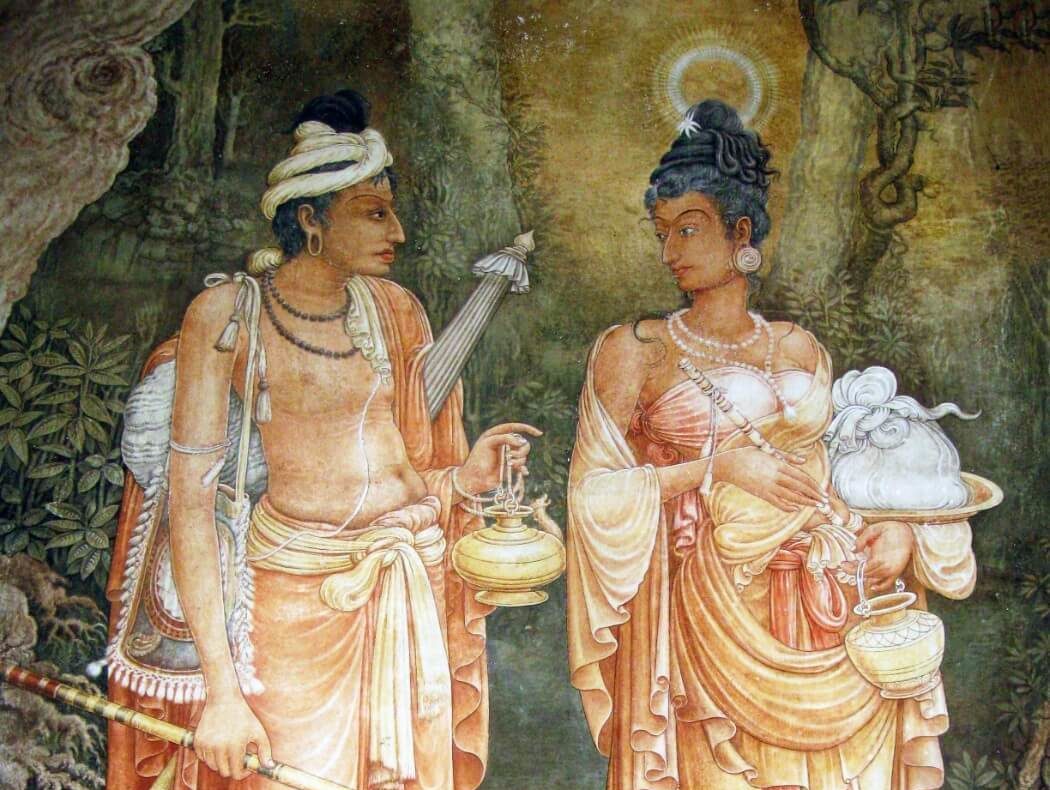History and more details about Nayaka Thero
Read MoreThe Buddha’s Visit (Circa 500 B.C.)
The next historical event connected with Kelaniya, is the Buddha’s visit. The Buddha knowing that the Lanka would be the only country where his religion would be most glorified is said to have graced [...]
Read MoreThe Anuradhapura Period
Since the Buddha's visit, Kelaniya received its hallowed status as a sacred place of Buddhist worship. After the formal introduction of Buddhism in Sri Lanka by Arahath Mahinda about in 246B.C.; durin [...]
Read MoreThe Polonnaruwa Period (1070 – 1215 A.D.)
As usual Polonnaruwa kings too, paid their share of homage to the Kelani Vihara. Of them king Parakramabahu the Great and king Nissankamalla were prominent. The Pritidana inscription of Nissankamalla [...]
Read MoreThe Dambadeniya Period (1215-1412)
Seen the destructions caused to Kelaniya by the merciless invader, Vijayabahu took steps to set things right. He repaired the image house and the dagaba with a pinnacle of gold. His son, Parakrambahu [...]
Read MoreThe Kotte Period (1412-1551 AD)
The glory of Kelaniya reached its zenith in the Kotte period. Kelni Vihara became the closest principal shrine to the capital. So it received the patronage of the king and the people. The chief priest [...]
Read MoreThe Portuguese and Dutch Period (1551-1796 A.D.)
The reign of king Dharma Parakramabahu is notable for the arrival of Portuguese. The Portuguese first approached the king for permission to establish a trading centre in Colombo, but later they built [...]
Read MoreThe British Period – (1796-1948 A.D)
The British who assumed rule of the low country in 1796 and captured the Kandyan Kingdom in 1815, were more tolerant towards religion unlike their predecessors, they did not interfere with the worship [...]
Read MoreMrs. Helena Wijewardene of Sedawatte Walawwa
It was at this time that Mrs. Helena Wijewardene of Sedawatte Walawwa visited the temple. With her visit a new chapter in the history of the temple commenced. She was born a Christian, wealthy and nob [...]
Read MoreSolius Mendis, the Artist and Sculptor
A description of Kelani Vihara cannot be complete without speaking of the talented painter who turned it into a gallery of Sinhala art. Mrs. Helena Wijewardene, having decided upon the restoration wor [...]
Read More